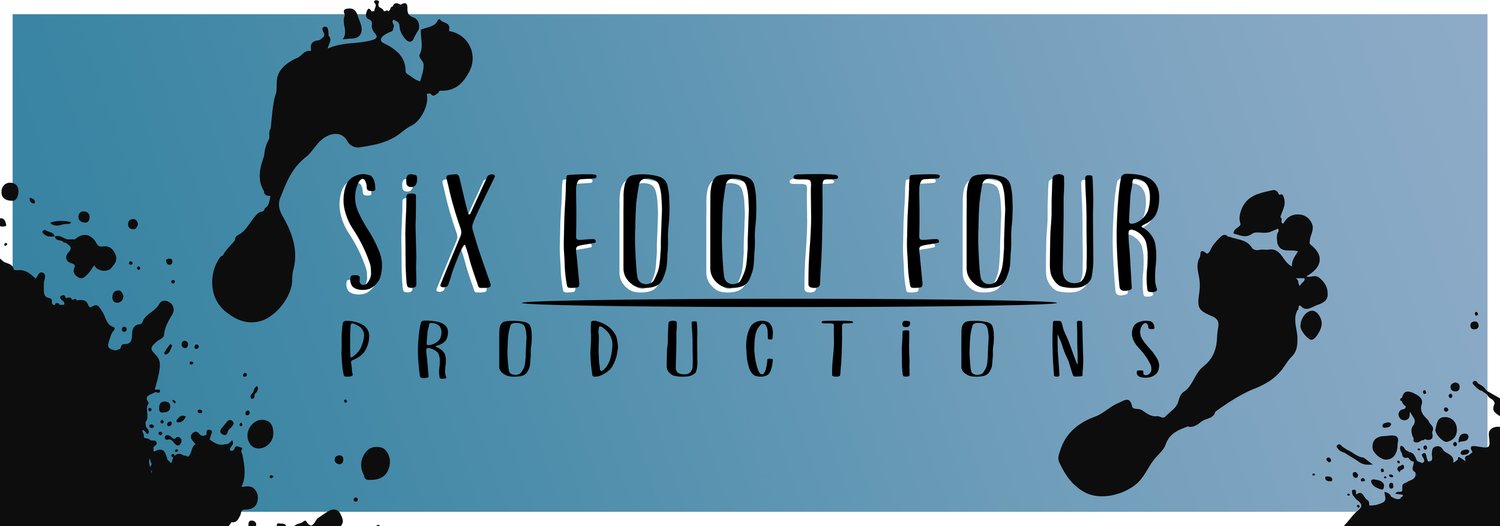How to Make Bee Venom Soap with The Bush Bee Man
G'day, folks! It's The Bush Bee Man here, and I'm back with another fun, educational journey into the world of bees. This time, we're veering slightly off the path of honey and beeswax and diving into the world of soap-making. Yes, you heard that right, we're going to make soap, and not just any soap — Bee Venom Soap. No, we're not melting down any ducks, especially not our award-winning father duck, Speedy. Speedy's off-limits, but we will be using some duck fat. Don't worry; Speedy's perfectly safe and enjoying the garden.
The Secret Recipe
The soap we're making today is not just any soap; it's our top-secret, money-making recipe. But we're feeling generous and sharing it with you all. This soap is a colourful delight, thanks to the different ingredients we can use. You can alter the colour based on the ingredients, but our recipe has duck fat, giving it a lovely white hue. You can experiment and add different ingredients like carbon or honeycomb, which will make your soap darker.
The Ingredients
The ingredients for our soap are mostly natural, except for one chemical part, lye water. It's used to make soap and is part of the cold-pressing process. We use a small amount of lye, and adding the water slowly is essential to avoid heating up too fast. Now, onto the oils. We're using duck oil, sunflower oil, and raw coconut oil. Our secret ingredient, though, is beeswax, which you might need to find at a hardware store or online.
The Process
We start by melting the beeswax on the stove. After it's melted, we add it to our oil mix. We're using a special bucket for mixing, and accuracy is essential here. We then add the lye water slowly to avoid any quick heat-ups. Once the mix is ready, we pour it into our soap moulds. We're going with heart-shaped moulds for our soap — perfect for the upcoming Valentine's Day.
The Special Ingredient - Bee Venom
Once we've got our soap mix ready in the moulds, it's time for the star of the show, the bee venom. The venom has numerous healing properties. It's useful for skin wrinkles, treating melanomas, and even treating dermatitis-type symptoms. But remember, always try a small amount of the soap first to ensure you don't have an allergic reaction.
The Wait
Once everything's mixed and in the mould, all that's left is the waiting game. Ideally, you should wait about three days before using the soap. But if you can, wait a bit longer to let the soap mature a bit, just like a good cheese.
And that's it, folks! A simple, natural, and effective way to make your own Bee Venom Soap at home. Remember, always handle the venom with care, and don't forget to try a small amount first to avoid any allergic reactions. Until next time, this is The Bush Bee Man, signing off.



